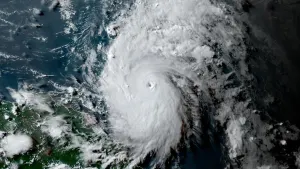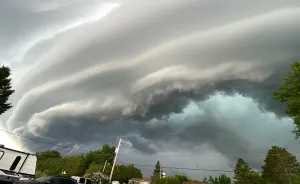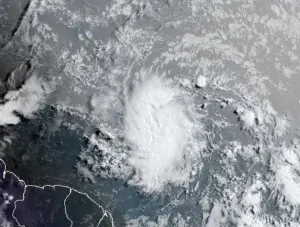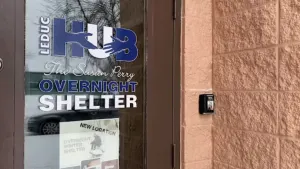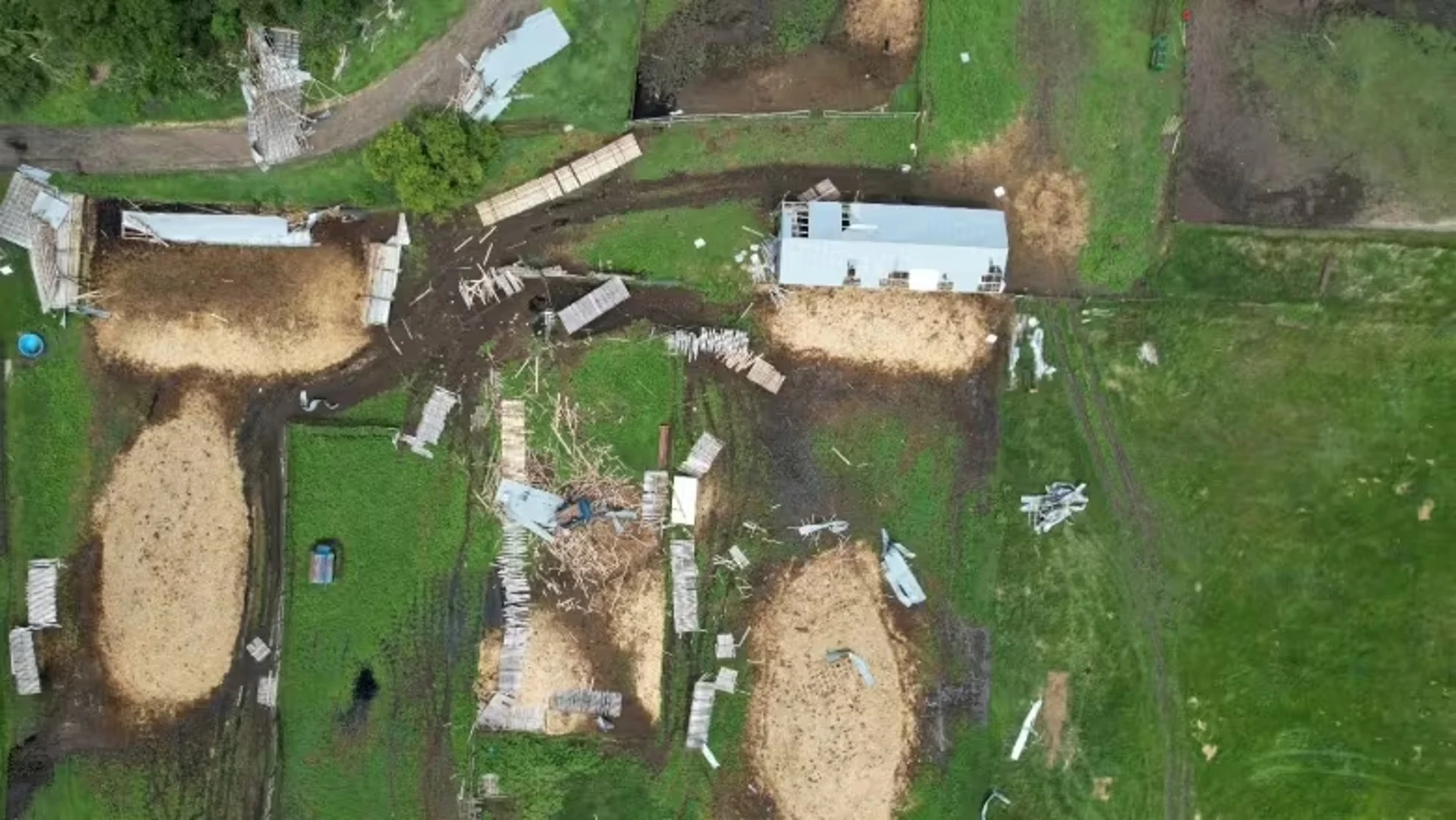
Tornado team sweeps into Manitoba to grow understanding of twisters
Judi Watt was startled awake one night late last month by thunder and piercing winds outside her western Manitoba home.
A mean-looking storm was taking shape. She worried for her horses after having to put one down in May that suffered head trauma from what she suspects was a large piece of hail.
"It was like a laser light show outside…. The lightning was something I've never seen and the winds were insane," said Watt.
"Any kind of storm like that really terrifies me for them."
GET THE LATEST: Severe storms roll across the Prairies amid a busy Canada Day
She said she first laid eyes on that light show at about 11:40 p.m. CT on Tuesday, June 20.
A team of tornado investigators would later confirm a tornado with 135 km/h wind speeds touched down about 10 minutes earlier near MacGregor, just north of the Trans-Canada Highway, about five kilometres from Watt's property.
It was the third and final confirmed tornado that swept through Manitoba's west and southwest that night, chewing up a seven-kilometre path and leaving damaged trees, crops and farm equipment in its wake.

A bird's-eye view of damage to a farm property from one of the three Manitoba tornadoes on June 20. (Submitted by Northern Tornadoes Project)
The next day, Watt scoped out the aftermath. She posted photos from neighbouring properties to Twitter under the #mbstorm hashtag that showed downed grain bins and clusters of trees snapped in half.
Those caught the attention of the Northern Tornadoes Project, a Western University-headquartered lab in Ontario that had tracked the ominous storm system via radar and social media.
They sent a team from London, Ont., that met up with collaborators from the University of Manitoba to assess the damage in the days that followed.
"There's a whole bunch of people out there ... very interested in weather and are seeing things happening in their neighborhood, and we're getting lots of reports now that people know that we're doing," David Sills, executive director for the Northern Tornadoes Project.
It was his team, not Environment and Climate Change Canada, that first confirmed three tornadoes had indeed touched down based on investigations over the course of several days.
And that work showed Canadian tornado season, which Sills said usually peaks in July, is in full swing in Manitoba.
The week after that twister trio hit, Environment Canada issued tornado warnings or watches three days in a row — June 26, 27 and 28 — in the west, southwest and south-central areas of Manitoba.
Several people posted photos appearing to show the wispy tail of a funnel cloud disappearing below a treeline east of Neepawa on the afternoon of June 27.
WATCH: What to do if a tornado warning is issued while driving
Then on June 28, Kimberley Perih shot footage of a funnel cloud near her home about 12 kilometres north of Gilbert Plains, which is 30 kilometres west of Dauphin.
"It was coming toward us," said the mother of two, who called the local school to let them know to go into "tornado lockdown."
"My biggest concern was definitely my kids and our pets…. Things can be replaced, people can't, pets can't."
As with Watt, the tornado project connected with Perih in the hours after. Sills said Wednesday Perih's sighting was one of several potential tornadoes in the province June 28.
"Looks like that may be the hot spot this year," he said.
Shifting winds
Environment Canada has traditionally been the agency Canadians wait on for official word that reported tornadoes are confirmed. While that's still true, the non-government Northern Tornadoes Project is picking up a bigger profile.
It formed in 2017 with pilot projects through Western, and has had researchers at universities across Canada since 2019. The network of academics has become a trusted collaborator of Environment and Climate Change Canada.
"With the beginning of the pandemic, the division of labour changed a little bit and they became much more involved in confirming tornadoes in this part of the country," said Natalie Hasell, warning preparedness meteorologist with the federal agency.
It was Sills' lab, following up on reports from civilians and storm chasers, that gathered enough evidence within three days of the June 20 reports to confirm a pair of tornadoes. It confirmed the third six days after the fact. Environment Canada, citing the tornado team, confirmed all three a day after that.
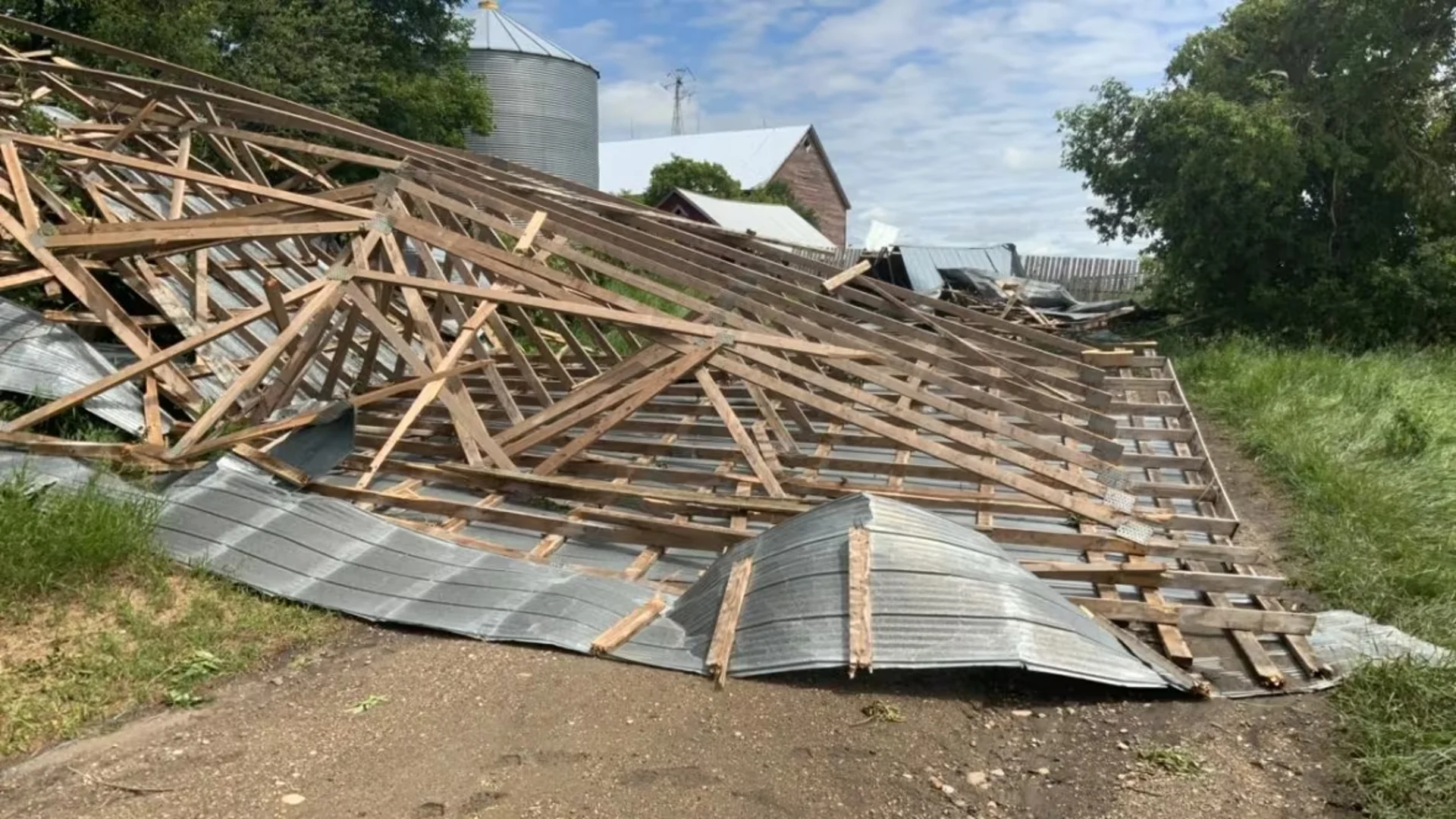
A farm structure was damaged by one of three tornadoes that swept through western and southwestern Manitoba on the evening of Tuesday, June 20, according to the Northern Tornadoes Project. (Submitted by Northern Tornadoes Project)
Sills said the tornado project has doubled the amount of confirmed tornadoes in recent years.
They verified and documented 117 tornadoes across Canada last year. The current annual average, based on official tallies from places like the federal government, is about 61.
That doesn't necessarily mean there are more tornadoes. Sills says there's been a data gap in how frequently Canada is getting them, especially in remote, northern or lower populated areas.
The team wants to get a handle on that so forecasters can have more refined public warning protocols, engineers can design more regionally specific weather-resilient infrastructure, and experts, as well as the public, can get a clearer picture of just how wide the range is for tornadoes.
"I don't think there's a big awareness among people who go that far north that tornadoes can occur, and the same might be said for forecasters," he said.
"They're the ones who issue the warnings, but if we don't have the data up there, they're not really sure you know how often tornadoes occur up there."
Their work is also focused on tracking changes over time, which will be important for watching how climate change has an effect.
Data collected by the team suggests southern Ontario is seeing a trend toward bigger tornadoes later in the season. Sills said it isn't clear yet whether that's related to climate change, but "we think that we're getting close to the actual climatology of Canada as far as tornadoes go."
Sills's team benefits from avid storm chasers like Winnipeg's Kim Hines.
Hines flagged photos of the June 20 tornado impact posted by her friend Watt, who wasn't aware of the Northern Tornadoes Project.
Hines recognizes the potential human toll these violent forces of nature can cause and what the project is trying to do about it.
"I've seen what tornadoes can do, I've seen the towns that were levelled and it's a nightmare," Hines said.
"This is going to definitely raise awareness and get people to understand that these storms are dangerous, and hopefully have better engineered safety places for people that are vulnerable if things start to trend and become more dangerous for our northern tornado alley."
Tornado reports can be submitted to the Northern Tornadoes Project online or to Environment Canada at storm@ec.gc.ca.
This article was written by Bryce Hoye and originally published by CBC News






